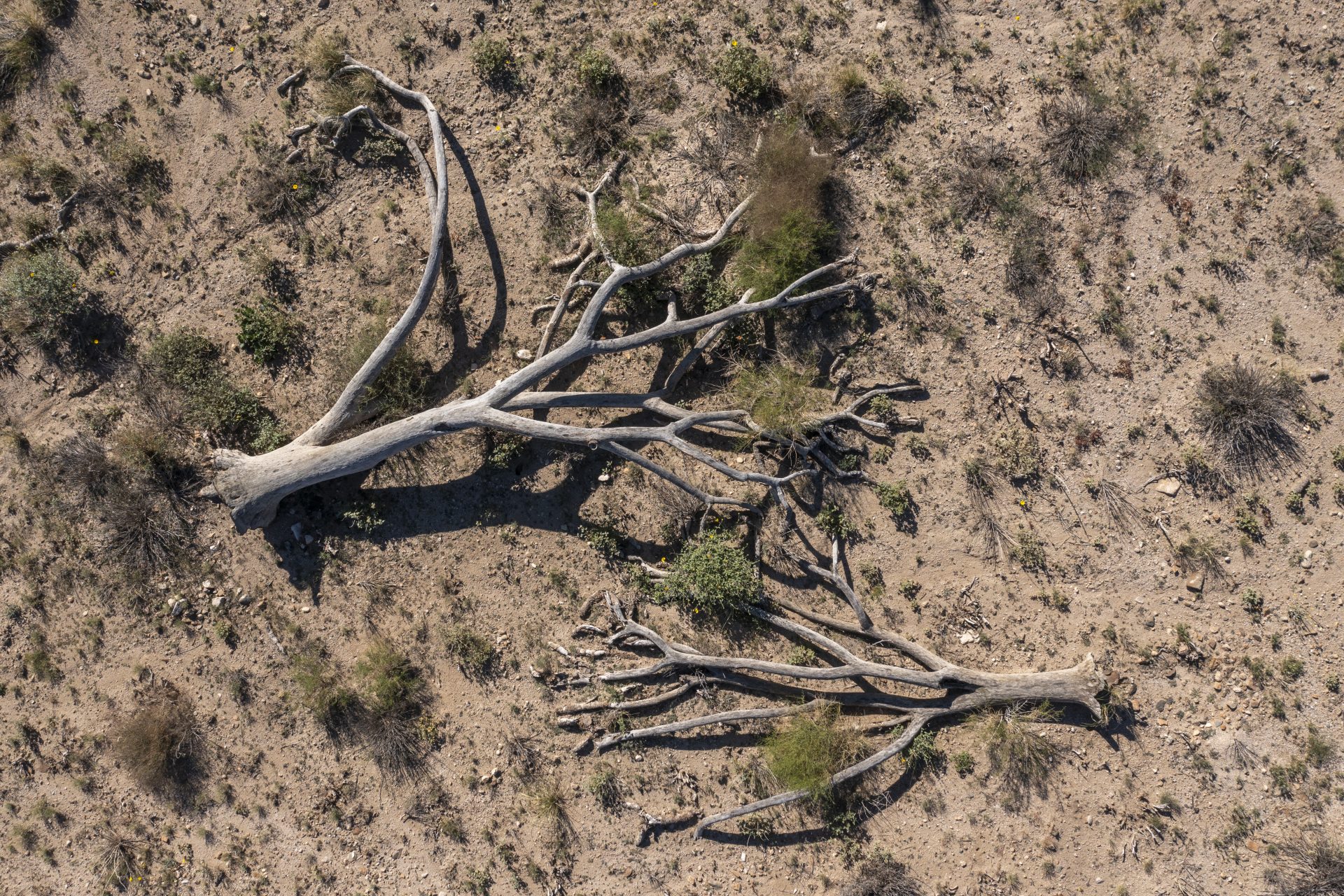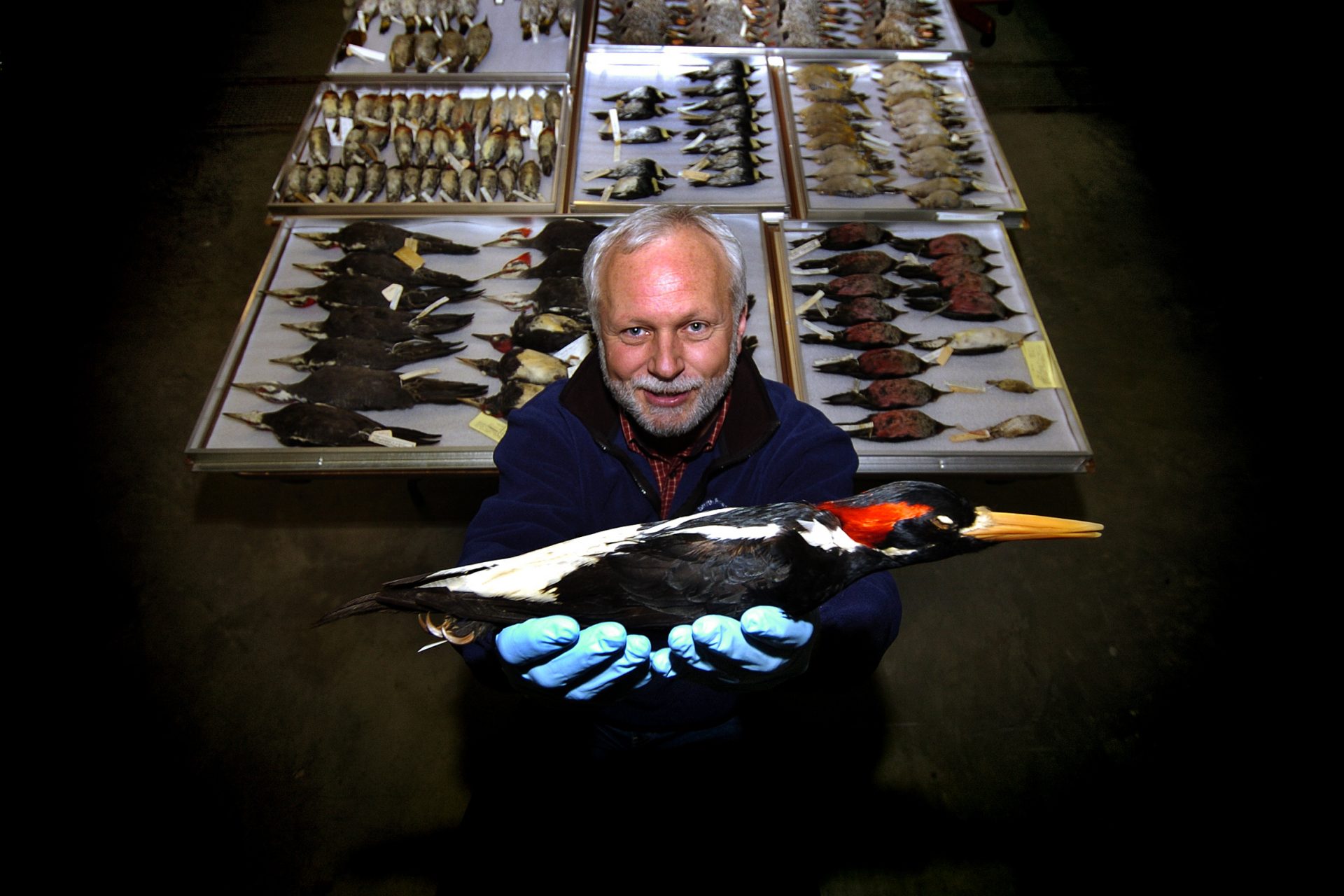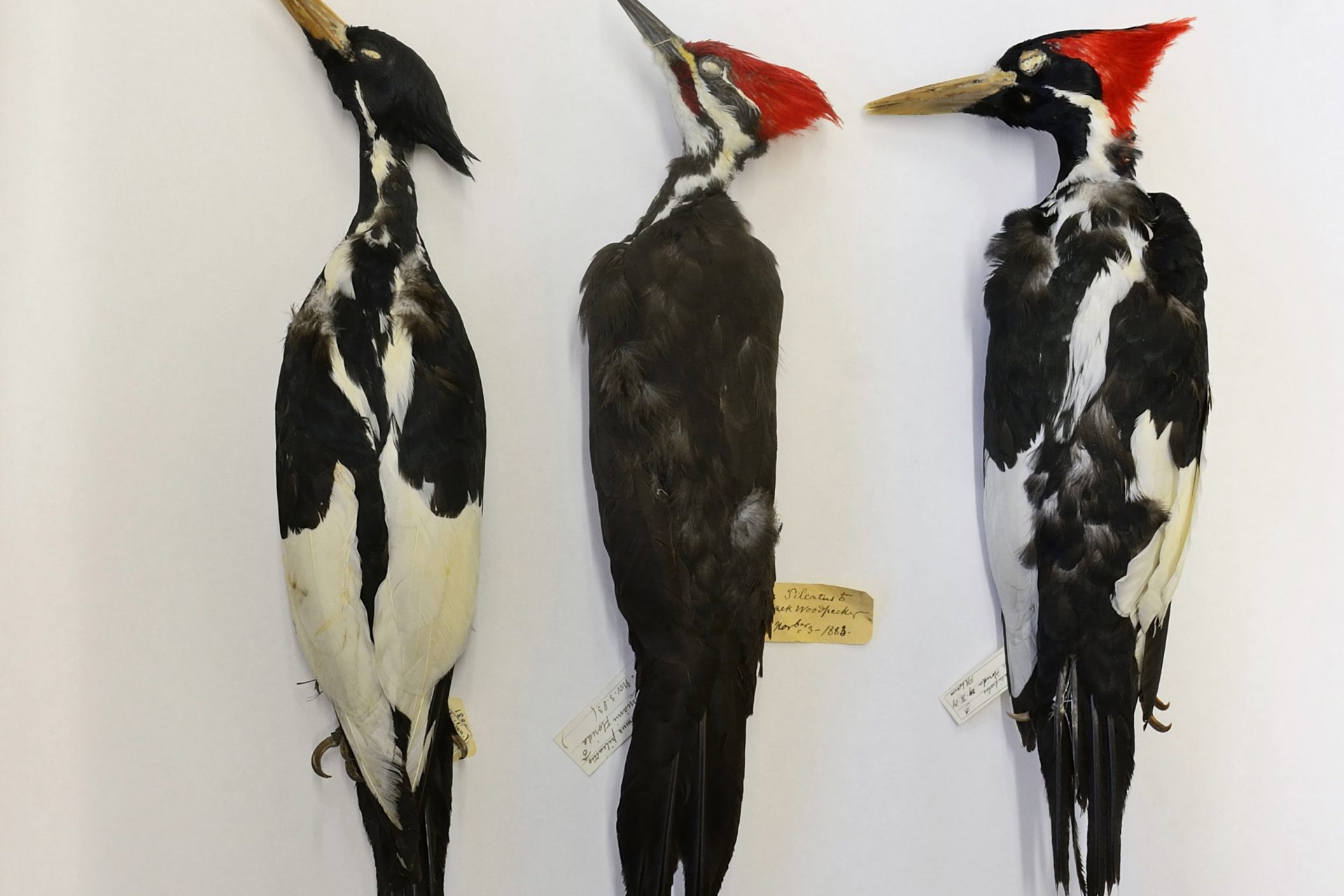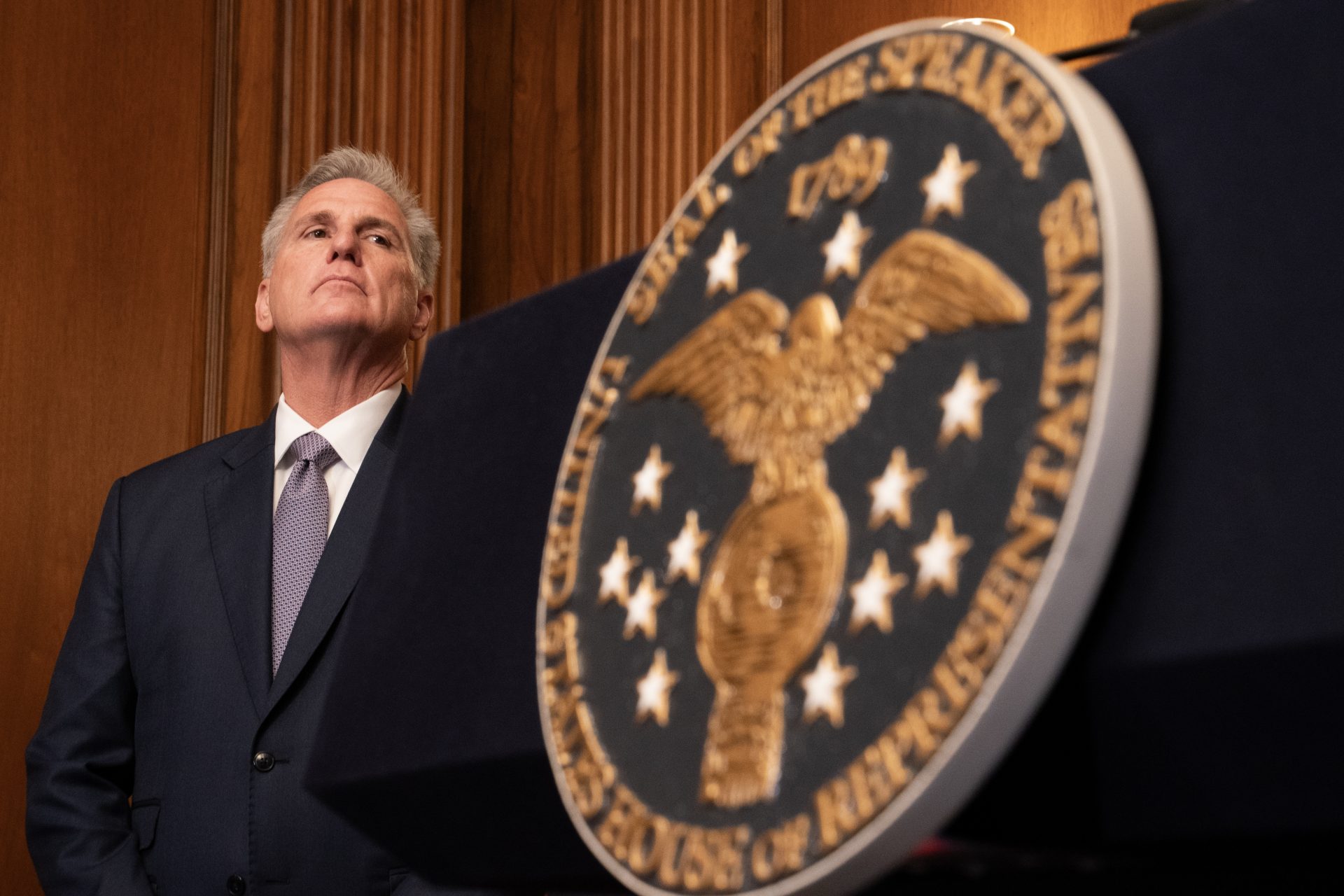21 species are off the endangered list because they’re extinct
Nearly two dozen species have been removed from the Endangered Species Act but it's not for the reason you might think. Populations of the removed species never recovered from being endangered and are now believed to be extinct.
Most of the species considered to be extinct were listed on the Endangered Species Act sometime in the 1970s and 1980s when they were showing low population counts according to a press release from the U.S. Fish and Wildlife Service.
Rigorous reviews of the best available data determined that 21 species should be taken off the Endangered Species Act because they were now considered to be extinct by the government agency, which noted most haven’t been seen in decades.
Martha Williams is the Director of the Fish and Wildlife Service and she explained in the press release from the service that federal protection for the newly extinct species was too late to reverse the decline of the formerly endangered animals.
Photo Credit: Wiki Commons: By United States Department of the Interior - https://www.fws.gov/staff-profile/martha-williams, Public Domain, https://commons.wikimedia.org/w/index.php?curid=115929734
More importantly, Williams remarked that the loss of the 21 species should serve as “a wake-up call on the importance of conserving imperiled species before it’s too late.” The goal should always be to help endangered species recover, Williams added.
“As we commemorate 50 years of the Endangered Species Act this year,” Williams said, “we are reminded of the Act’s purpose to be a safety net that stops the journey toward extinction.” But what did the world lose in this latest round of extinctions?
Among the 21 species lost were the Little Mariana fruit bat, a small fruit bat which could be found only in Guam, as well as eight different species of southwestern mussels and several different types of birds that were common all across the United States.
One of the most troubling losses is the Bachman’s warbler, a small yellow bird that once was common throughout Florida and South Carolina. Guam’s Bridled white-eye is also now thought to be extinct along with eight other birds from Hawaii.
Photo credit: Wiki Commons By Peter - Bridled White-Eye, CC BY-SA 2.0, https://commons.wikimedia.org/w/index.php?curid=5197162
Work to remove a number of species from the Endangered Species Act started back in September 2023 but not all of those planned to be removed were delisted according to The Guardian, which included several plants as well as the ivory-billed woodpecker.
The plant and animal advocacy group Defenders of Wildlife commented on the delisting of 21 new species from the Endangered Species Act and explained the move showed a greater need to fund the increase of wildlife protection in the United States.
“Many of these species were added to the Endangered Species Act when they were too far gone to truly benefit from its life saving protections,” explained Defenders of Wildlife Vice President Lindsay Rosa according to a statement.
Photo Credit: LinkedIn @indsaydrosa
“This announcement reinforces the need for fully funding the Act so that future species listings aren’t delayed or falling through the cracks,” Rosa added. Defenders of Wildlife have previously called on the government to raise the Endangered Species Act budget.
The Hill noted Defenders of Wildlife have called from the Endangered Species Act to see a budget increase of $510 million dollars from its current $331 million to the much larger $841 million in the future. But the effects of these lost species is even more worrying.
Photo Credit: Wiki Commons: By U.S. Fish and Wildlife Service Headquarters - Sean Edwards, CC BY 2.0, https://commons.wikimedia.org/w/index.php?curid=69678721
The Center for Biological Diversity wrote in its own press release on the newly extinct 21 species that they joined the ranks of 650 other U.S. species that are likely to also be extinct, a number that worries center’s director Noah Greenwald.
“Few people realize the extent to which the crises of extinction and climate change are deeply intertwined,” Greenwald explained. “Both threaten to undo our very way of life, leaving our children with a considerably poorer planet.”
“One silver lining to this sad situation is that protecting and restoring forests, grasslands and other natural habitats will help address both,” Greenwald added. “It’s not too late to stop more plants and animals from going extinct, but we have to act fast.”
More for you
Top Stories





























